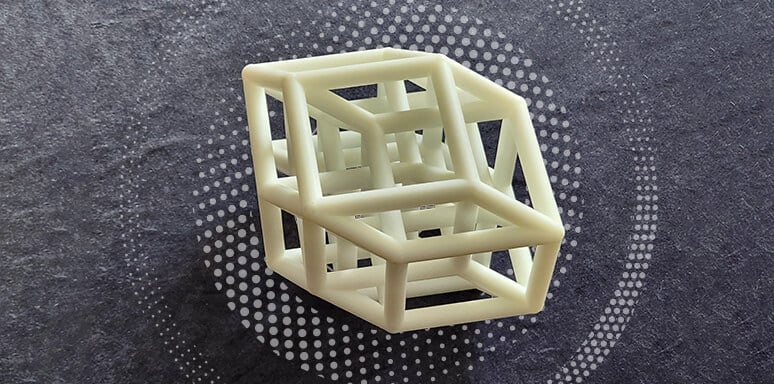Meet Dr. Ohad Klein, Ph.D. graduate in the Department of Mathematics at the Faculty of Exact Sciences, postdoctoral student at the Hebrew University and working at a startup company as an algorithmist

Meet Dr. Ohad Klein, a recent graduate of a Ph.D in the mathematics department at the Faculty of Exact Sciences at Bar-Ilan University, a post-doctoral student at the Hebrew University and works at a startup company as an algorithmist. Dr. Klein will probably be remembered in the mathematics department as someone whose research led to the solution of a 35-year-old mathematical problem. Some of his research deals with functions defined on multidimensional cubes, and another part deals with algorithms for cryptographic needs (encryption) and their limitations.
"During my doctorate, I published an article that contained a mistake, which made me want to cancel all the lectures I had planned in the same context," says Dr. Klein about the beginning of the road. "My supervisor, Prof. Natan Keller, gently pressed me not to, and from that I learned that mistakes happen and not to give up after falling."
The thing he enjoys the most in research is "the dissonance between the simplicity of fundamental problems and their complex solution." In his research, Dr. Klein showed the limitations on the efficiency of solving computational problems, thereby helping to ensure the safety of fundamental building blocks in cryptography. In his combinatorial research he improved the knowledge of a basic type of probabilistic events. This research even led to the solution of that famous 35-year-old problem, which deals with the degree of cutting a multidimensional cube.
The mathematical problem is not the only thing that Dr. Klein solved. At the beginning of the corona, he helped a company called LessTests to algorithmically optimize the analysis of corona tests using a method called pooled testing, in which samples are mixed, while improving the accuracy and cost of the test. The method he developed was widely (but not exclusively) used in the State of Israel.
Pictured: a five-dimensional cube that Dr. Klein printed on a XNUMXD printer for his supervisor
More of the topic in Hayadan:
- The clothes make the person
- The relationship between scientific excellence and the success of Israeli high-tech
- The innovation managers of the world's leading technology companies will come to Israel for the first time for the iNNOVEX2016 innovation conference
- The next generation of magnetic computer memories
- Exclusive: For the first time in Israel, a startup company in the field of space
